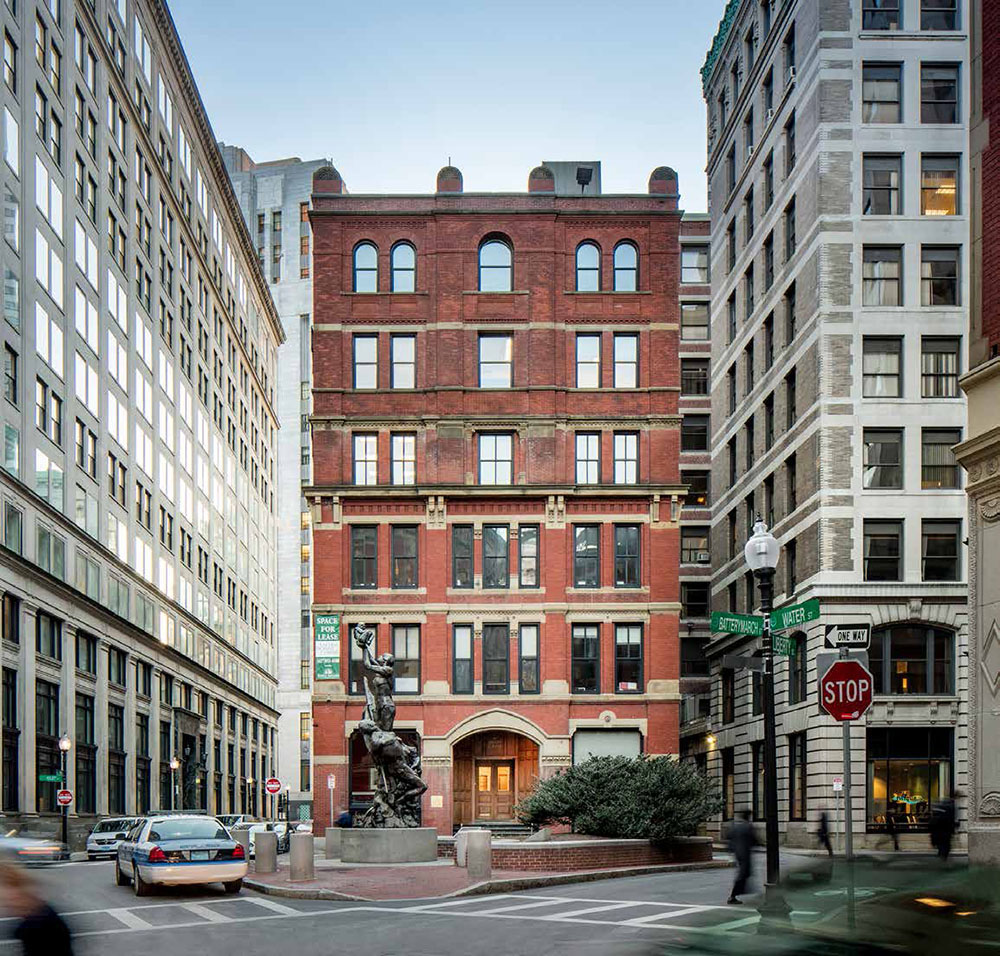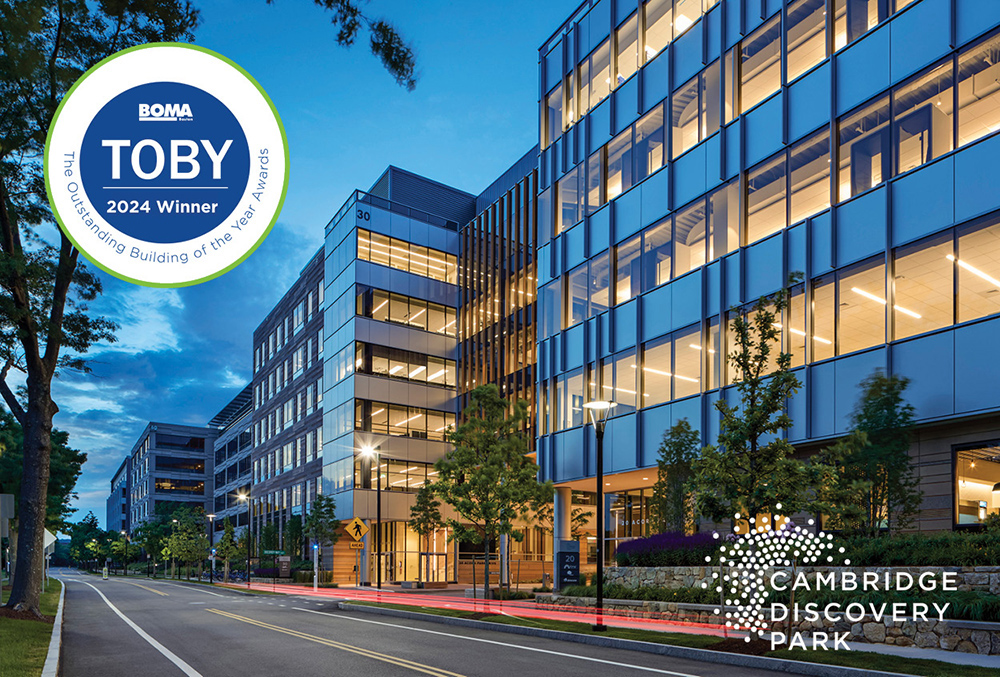News: Front Section
Posted: October 23, 2014
Streets and Squares are "COOL" (and in danger of becoming boring again)
It is old news that Target and Walmart have started to test 20,000 s/f stores to fit into urban commercial neighborhoods. This is now a trend among the big box retailers. They are now competing for space with such tenants as small grocers, dollar , drug and sundries stores.
While this idea of smaller stores to get bigger sales is valid, it poses questions about the effect this downsizing will have on neighborhood commercial centers. It might be their presence will threaten independent local retailers, or they could serve as anchors and help to stabilize the emerging retail streets and squares where they locate.
What is also old, but good, news is that neighborhood squares and commercial streets are experiencing a comeback with limited presence of national chains. Reasons range from affordable rents to the entrepreneurship of immigrants whose urban heritage inspires creating a family business on a street or in a square and to the urban focus of Millennials or Gen "Y"ers, the demographic cohort born between the 1980s and 2000. These Boomer offspring do not want the lifestyle of their parents. They value urban living, public transportation, access to a variety of jobs, and a sense of community.
They patronize small eateries, art galleries, boutiques, personal services, fitness clubs , and ethnic grocery stores. They walk to businesses and streets come alive.
Property owners, developers, economic development planners are delighted. But success can generate retail homogenization and gentrification. Towns increase taxes, landlords demand higher rents, banks want bankable leases from Target or Walmart. The little guy with the unique business is out. The streets and squares can lose their appeal just like the malls. However, it's a new era. Shoppers want local stores and well-known retail brands. Town leaders are the key. With innovative zoning and other measures, they can save the day.
Carol Todreas is a principal at Todreas Hanley Associates, Cambridge, Mass.
Tags:
Front Section
MORE FROM Front Section
Newmark negotiates sale of 10 Liberty Sq. and 12 Post Office Sq.
Boston, MA Newmark has completed the sale of 10 Liberty Sq. and 12 Post Office Sq. Newmark co-head of U.S. Capital Markets Robert Griffin and Boston Capital Markets executive vice chairman Edward Maher, vice chairman Matthew Pullen, executive managing director James Tribble,
Columns and Thought Leadership

Make PR pop by highlighting unique angles - by Stanley Hurwitz
Coming out of the pandemic, a client with three hotels in Provincetown, Mass., needed ways to let the world know his properties were open for business for the 2021 tourist season.

Five ways to ruin a Section 1031 Like-Kind Exchange - by Bill Lopriore
While there is some flexibility when structuring a like-kind exchange, some important requirements must be met. A mistake can ruin your exchange. Here are five mistakes to avoid:

How COVID-19 has impacted office leasing - by Noble Allen and John Sokul
To say that the effects of COVID-19 has transformed office leasing is an understatement. When COVID-19 was at its peak, office spaces were practically abandoned either through governmental mandates or through actions taken by businesses themselves.

Four tips for a smooth 1031 Exchange - by Bill Lopriore
Many real estate investors do not understand the specific requirements that must be met to secure the benefits of a tax-deferred 1031 exchange. For example, the replacement property must be identified within 45 days of the closing date of the relinquished property.







.png)
